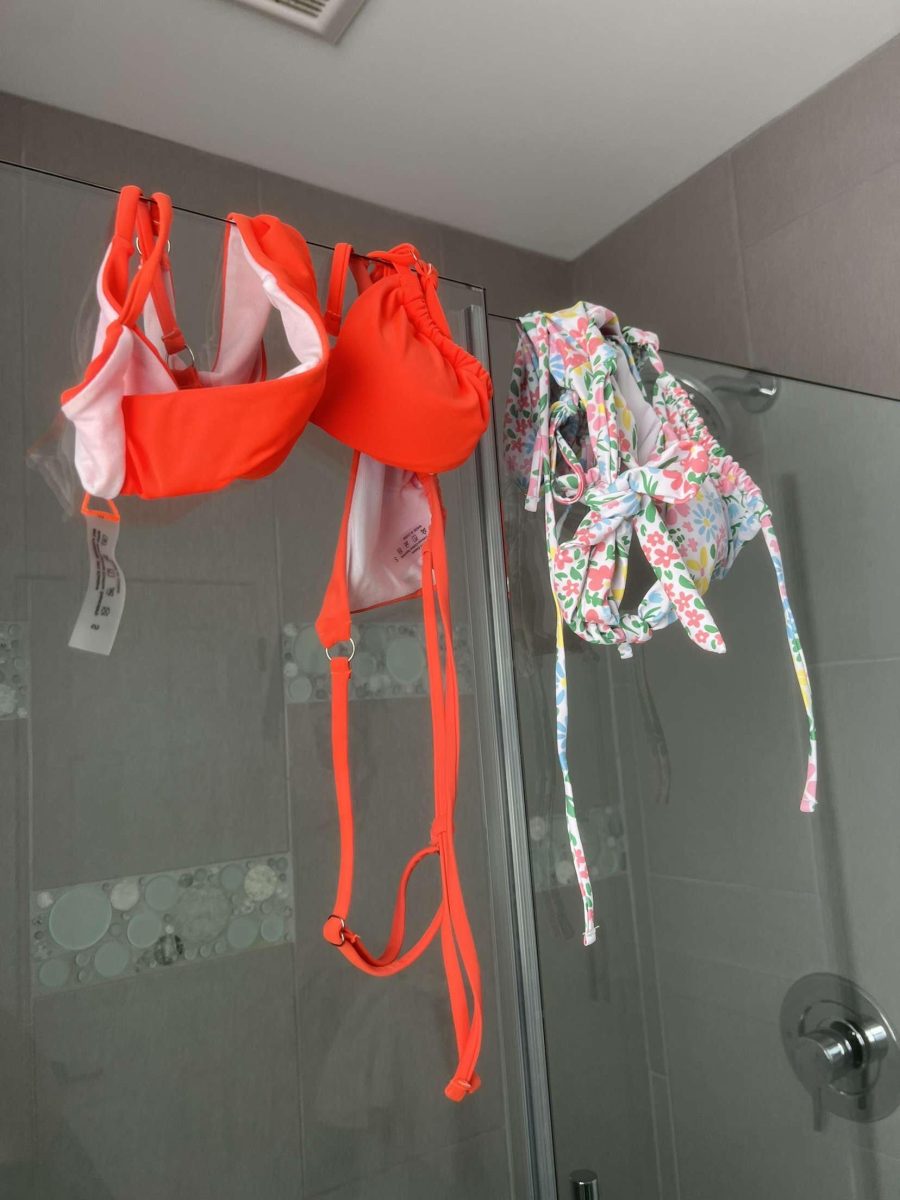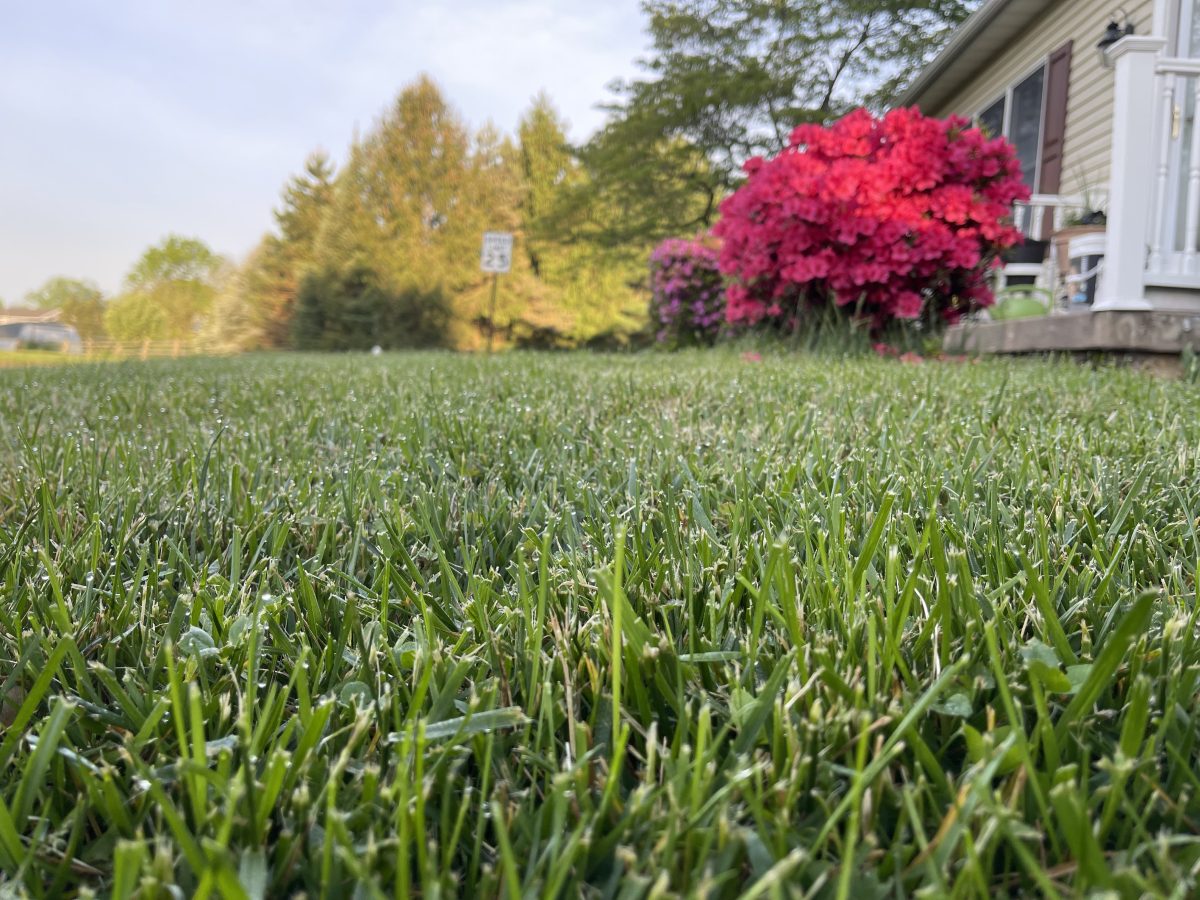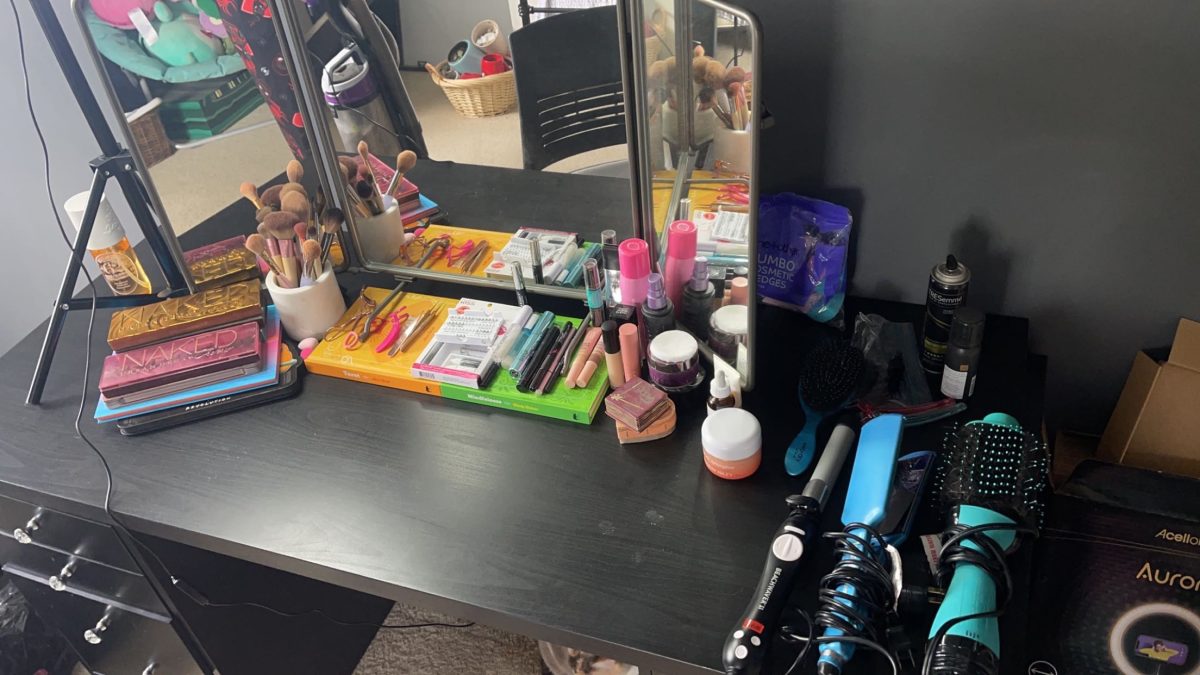Summer is finally right around the corner which means it’s time to break out the warm-weather wardrobe! Not only do the everyday clothes change, but since it’s nicer out it means there are more outdoor activities, such as swimming. Sure, going to the beach doesn’t mean one needs to put on a fashion show, but it’s always fun to bling up bikinis with some jewelry! Styling a whole beach, lake, or pool look could be difficult, especially if one does not know the right materials for the products they are purchasing. It’s also not just about buying the fit; it’s important to know how to keep jewelry and bathing suits in the best shape possible so one can get their money’s worth and also keep themselves safe!
Jewelry can be difficult to shop for, especially when one wants it to last but they’re not exactly sure of the materials that make up what they’re planning on wearing. When it comes to silver jewelry, sterling silver is the best way to go. It contains 92.5% silver and 7.5% copper (and/or other alloys) to help the piece maintain durability. These metals are extracted through one of three methods; underground mining, surface (open pit) mining, and/or placer mining. The specific method is chosen based on the location and shape of the deposit, strength of rock, ore grade, mining costs, and current market price. To make sure to purchase good quality silver jewelry, look for one of the Hallmark Stamps: STER, 925, 800, or 999. 925/STER means that it’s 92.5% silver (traditional sterling), 999 means it’s 99.9% pure silver, and 800 means it’s 80% pure silver (lower quality).
Silver jewelry is popular, but over the last few years, gold jewelry has been making its way up the ladder, especially for wearers such as Cara Ricciardi. As a former employee of Payton Jewelry, she knows jewelry in and out. “I’ve worn jewelry since I was a kid but I started matching it with my outfits in middle school when I started wearing gold”. Gold is obtained by using two main methods: placer and vein mining. Placer is used when the metal is found in unconsolidated deposits of sand and gravel from which gold can easily be separated due to its high density. Just like silver, it’s important to know the most common golds sold. 24K, 22K, 18K, and 14K can be seen most often and the kind one gets depends on how often the jewelry will be born, one’s lifestyle, and one’s budget. 24K is 100% pure gold, can be easily scratched/bent, and is the most expensive. 22K is 92% gold and 8% alloyed metals, stronger and more durable than pure gold, and the softest form of mixed metal jewelry. 18K is 75% gold and 25% alloyed metals, has a deeper yellow tone, and is still relatively expensive. Lastly, 14K is 58% gold and 42% alloyed metals, more resistance to wear and tear (good for everyday life), and is well-priced.
When planning on wearing jewelry with bathing suits, not only should it look good, but it should also stay good. When simply in the air for too long without being cleaned, silver is exposed to sulfur-containing gases in the air, discoloring and darkening as it reacts with the gas to form a surface layer of tarnish. This can be cleaned but each time this is done, some silver is lost in the process. Water will oxidize (loss of electrons) the silver, meaning it is likely to tarnish and will therefore start to darken. For showering, ‘hard water’ has a higher mineral content which is more likely to make the silver tarnish. Chemicals in soaps, shampoos, and gels may be too strongly perfumed or fragranced and too harsh for silver. Salt is corrosive and silver that comes into contact with salt water can cause jewelry to darken and oxidize more quickly than it would normally, so when planning a beach trip, bring the right bathing suits and accessories!
Unlike silver, gold will not react with oxygen, nitrogen, or any other gas common in the air. However, gold with large amounts of copper in it will tarnish since copper is very reactive. Real gold is fine in shower water, as it will not oxidize or discolor, but just like with air, if other metals are mixed in, it will start to tarnish. Both chlorine and salt water can damage gold jewelry. Salt causes erosion of soldered gold, silver, or platinum elements, and the metal may weaken or tarnish if exposed for too long. Not only will water affect the silver or gold jewelry, but it could also impact your skin. Copper in the jewelry reacting with salts, acids, and other chemicals could make your skin turn green. The reaction of copper with these things creates a patina of copper chlorides, sulfides, sulfates, and carbonates. “I’ve had this happen with some old rings or poor-quality earrings,” says Ricciardi. Of course, it’s fun to be cute for a beach or pool day, but it’s also good to know how to take care of what you have on, especially when it comes to bathing suits.
Swimsuits are sold in tons of different stores. On the boardwalk, a simple bikini may be almost one hundred dollars for one piece, but online it could be priced less than twenty dollars for the full set! Knowing what you are paying for is essential when purchasing a swimsuit. Swimsuits have a variety of styles, which tend to direct a person on what they choose to buy, but what about the material or the color? An Ocean City New Jersey beach-goer, Annabelle Landis states what directs her choice when buying. “I almost always buy dark color bikinis. I never buy pure white.” Buying a white swimsuit is risky depending on where you swim. Chlorine and oils from your skin cause yellowing which stains the material most swimsuits are made of. Finding a swimsuit that checks off everything on the list is difficult. When you find a suit you love the most keeping it in the best shape possible is highly important.
Being a true swimsuit lover means knowing how to take care of your suits. Simple precautions help you keep your suit in the best shape for a long time. Little things like sunscreen can affect your swimsuit. Any oil-based products like most sunscreens, cling to swimsuit fabric. Being careful not to get sunscreen on your suit will help prevent stains. Most people rinse or wash their suit after a swim but rinsing before is just as important! When you rinse a suit before soaking it in salt water or chlorine it allows the filaments to be filled with freshwater rather than chemicals. This gives the same benefits of rinsing after but it keeps the suit safe while swimming. After swimming a full wash rather than a quick rinse will also help greatly. When chemicals are left in a bathing suit it makes the fabric more susceptible to odors. This full wash also removes salt and chemicals. After the wash air drying your suit by hanging or leaving it flat will allow more airflow. Simple tips and tricks help you keep your swimsuits in the best conditions allowing you to enjoy them for the longest amount of time.
As summer begins and the air gets warmer it’s important to be able to enjoy the outdoors. Being knowledgeable about how to accessorize and dress in water is important. Choose jewelry that matches your style be mindful of what waters may affect the quality of it. Keep your bathing suits clean to ensure their lifespan and your enjoyment. Regular cleaning and taking simple precautions allow you to enjoy your favorite summer essentials for seasons on end.
Sources:
https://www.usgs.gov/faqs/what-sterling-silver
https://mettlebyabby.com/blogs/news/how-to-tell-if-jewelry-is-real-silver-x-super-easy-tips-and-tricks-that-take-less-than-5-minutes#:~:text=Look%20for%20a%20Hallmark%20Stamp,lower%20quality%20than%20sterling%20silver.
https://nature.berkeley.edu/classes/eps2/wisc/gold.html#:~:text=Gold%20is%20obtained%20by%20two,due%20to%20its%20high%20density.
https://www.brinkersjewelers.com/blog/guide-gold-jewelry-14-18-22-24-karat-gold/
https://www.canada.ca/en/conservation-institute/services/training-learning/in-person-workshops/understanding-silver-tarnish.html
https://www.milinalondon.com/blogs/blog/can-you-shower-with-sterling-silver-jewellery#:~:text=Showering%20with%20sterling%20silver%20jewellery,will%20therefore%20start%20to%20darken.
https://www.silverchic.com.au/blogs/news/can-you-wear-sterling-silver-in-salt-water#:~:text=It’s%20no%20secret%20that%20salt,the%20tarnishing%20process%20over%20time.
https://www.seree.co/pages/gold-jewelry-care-guide-everything-you-need-to-know-about-gold-jewelry#:~:text=Hypoallergenic%3A%20Yes-,Waterproof%3A%20Yes.,awhile%20to%20keep%20it%20fresh.
https://www.baunat.com/en/the-effect-of-chlorine-and-salt-water-on-jewellery#:~:text=It’s%20not%20just%20chlorine%20that,also%20get%20blemished%20by%20salt.
https://www.halsteadbead.com/articles/why-jewelry-turns-your-skin-green#:~:text=Green%20is%20one%20of%20the,sulfides%2C%20sulfates%2C%20and%20carbonates.
https://www.nytimes.com/wirecutter/guides/how-to-wash-swimsuits/
https://www.jezebel.com/yay-summer-my-swimsuits-are-yellow-and-theres-sunscre-511618874#:~:text=The%20thing%20that’s%20happened%20to,and%20that’s%20caused%20the%20yellowing.
https://performancepools.com/blog/protecting-swimsuits-from-chlorine/






